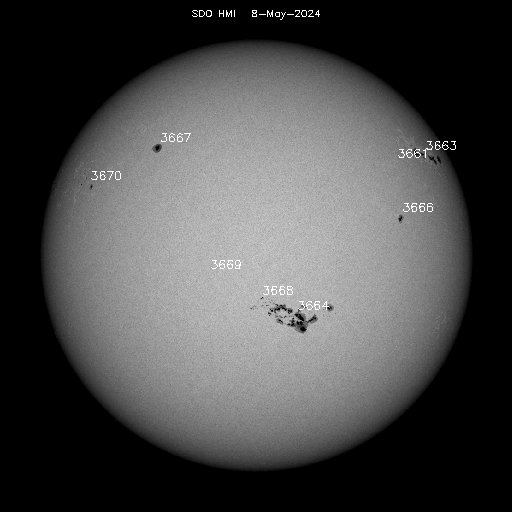After some periode of bad weather, skies cleared and during the nigth of March, 17th-18th we performed some pending observations. Thus, Leo Metcalfe, Eugenio Salguero and me came to ESAC equiped with our telescopes. It could be our closest oposition time to observe Saturn in good conditions. At the end it was a cold night with water&ice condensation problems but we were able to record some good images using the Leo's telescope and a Toucam Pro Webcam with NIR blocking and pass filters. The following pictures illustrate our sucessful results.
The following image is the result of the processing with Registax of a video track (20 seconds) recorded at 2007-03-18 02:13 GMT with the Leo's telescope (25" F5 Newtonian Reflector wiht Dobsonian mount), a Phillips ToucamPro Webcam with a NIR blocking filter and a 3x Barlow lens.
The next image was obtained processing a video track recorded at 2007-03-18 02:31 GMT with the same equipment but substituting the filter by a NIR pass filter.
And this image is the result of the combination of both the visible and the NIR images. This false colour combination allows a good discrimination between the different elements of the planet, the ring composed by dust and ice that reflects very well the NIR but wiht moderated absortion in the visible and the planet atmosphere that reflects well in all the wavelenghts with a some NIR absortion.

At the end of the night, Jupiter achieved a good height over the horizon to observe it in the same way. However, the seeing still was very large. As a consequence the results were not very good. The following image is a visible image obtained processing a video track recorded at 2007-03-18 05:13 GMT.

This image image is a NIR image obtained processing a video track recorded at 2007-03-18 05:17 GMT.

And this image is the result of the combination of both the visible and the NIR images. In this case, some structure is clearly visible in the planet atmosphere. The planet atmosphere reflects well in all the wavelenghts but some areas present some NIR absortion that increases the contrast between them.







